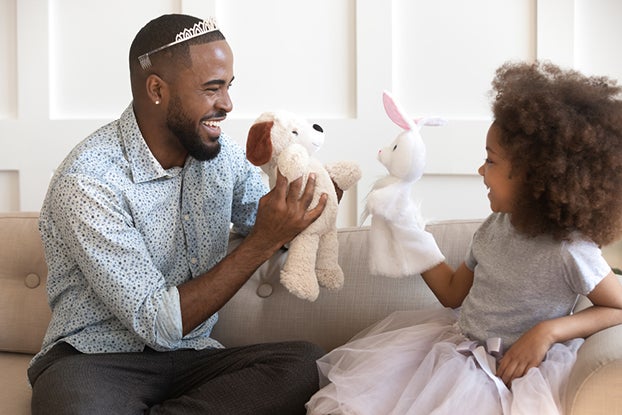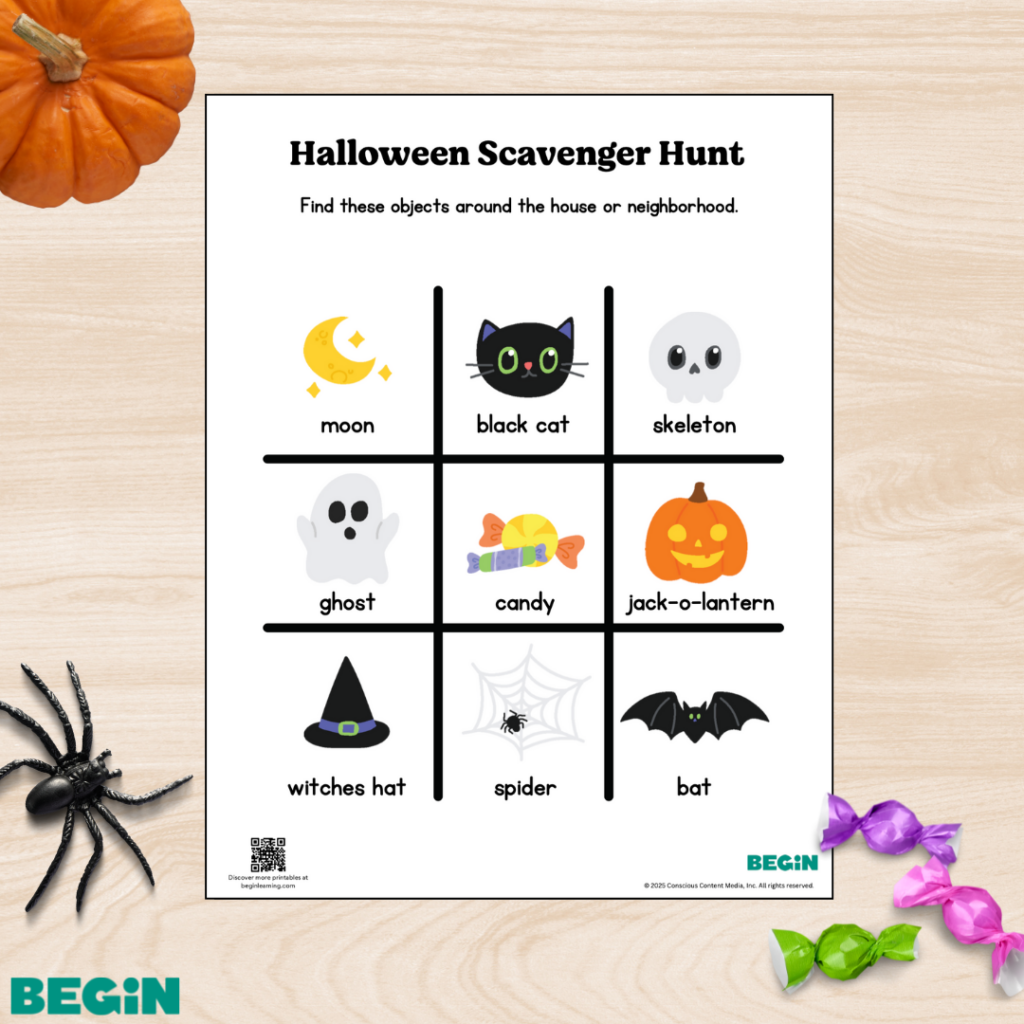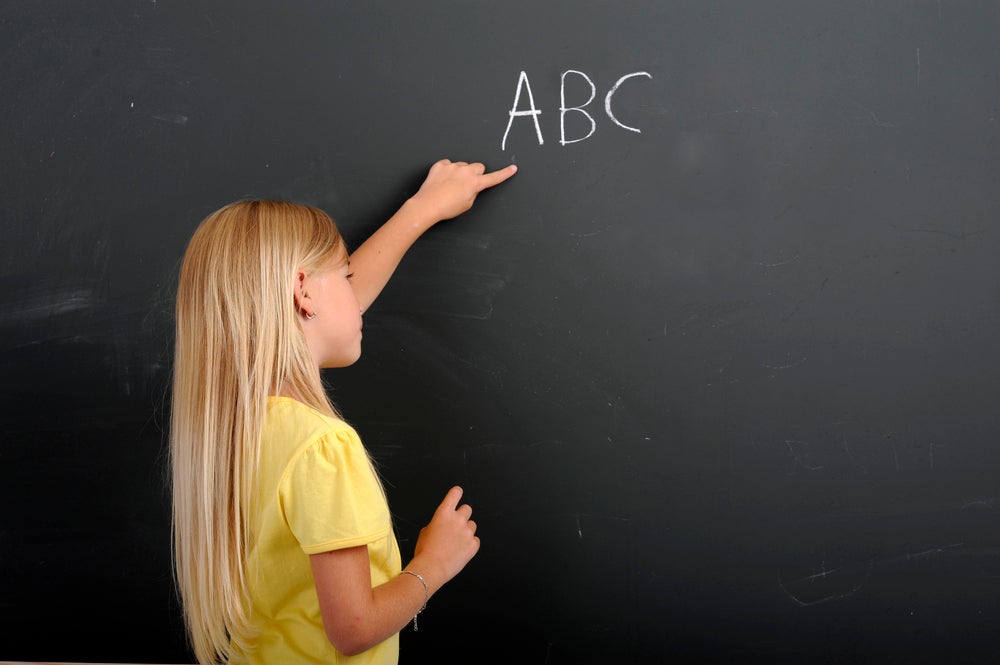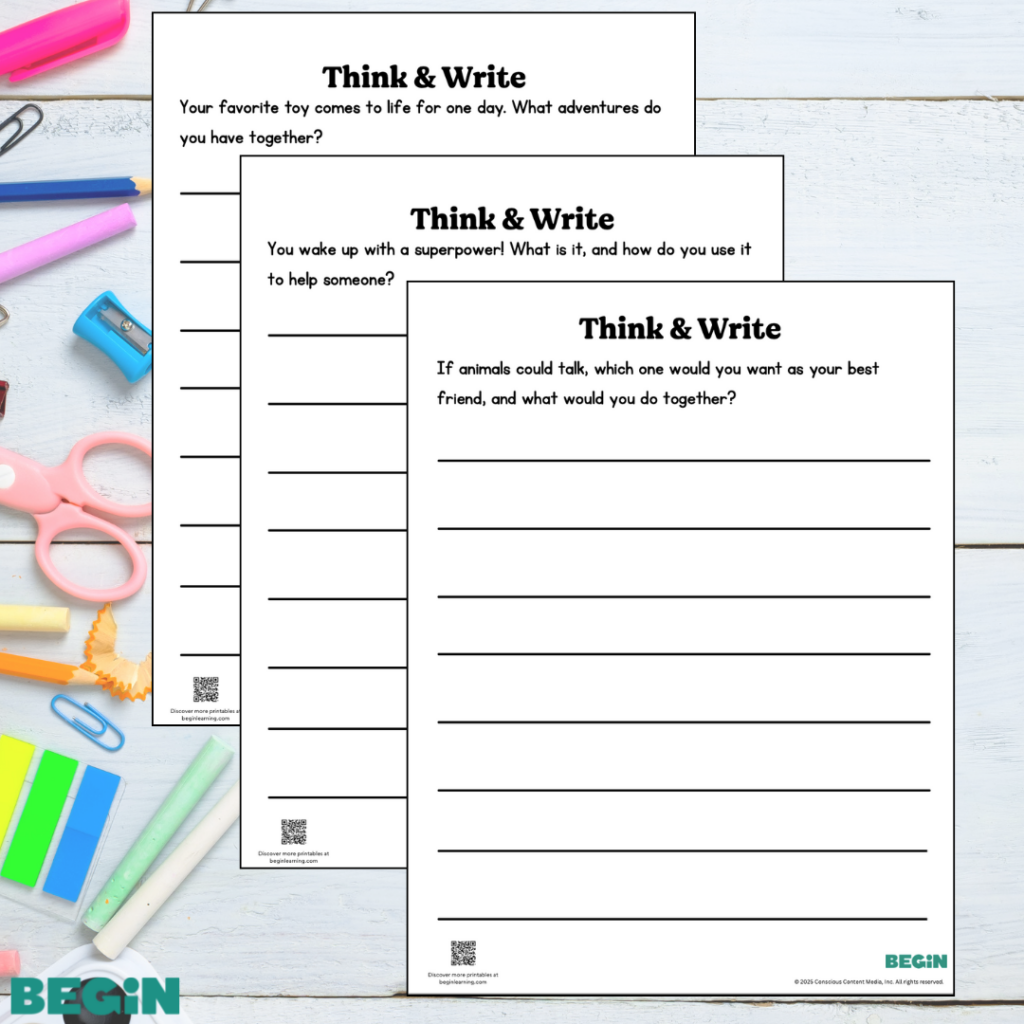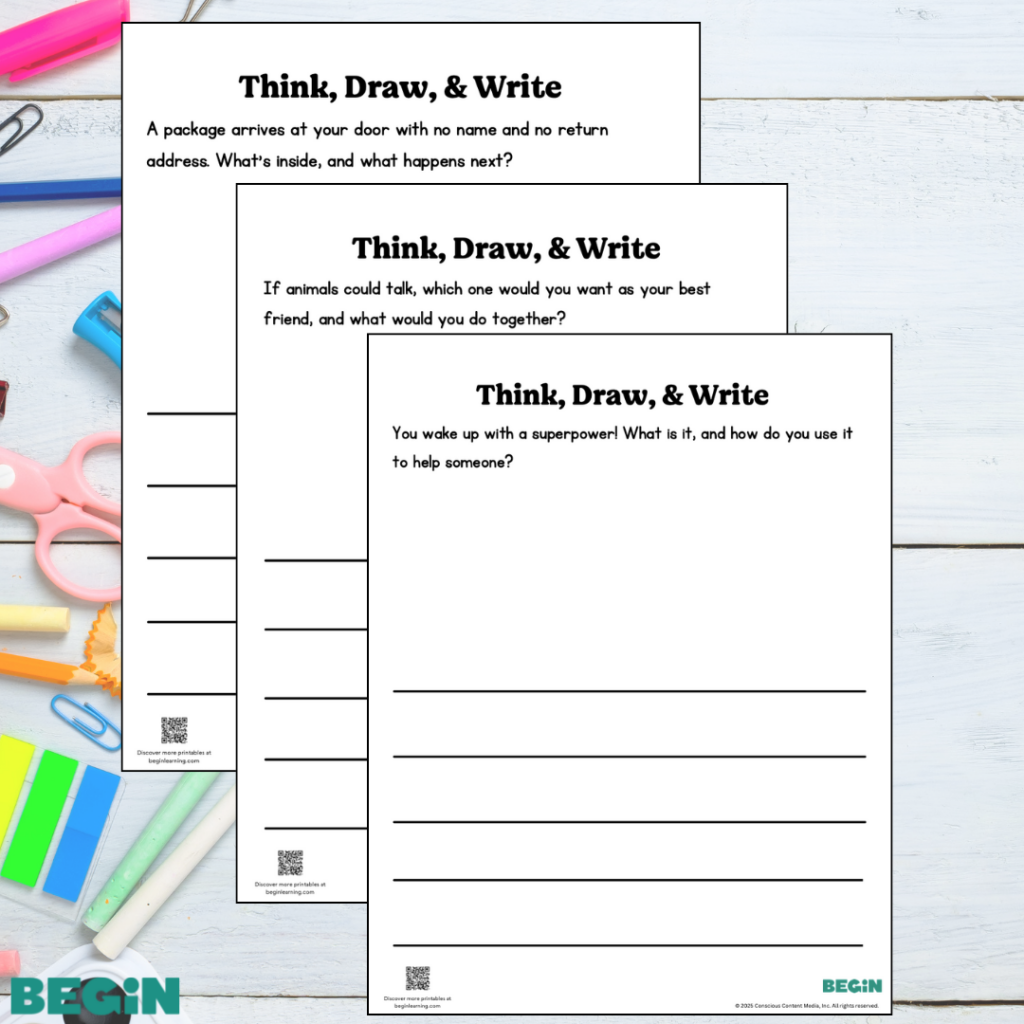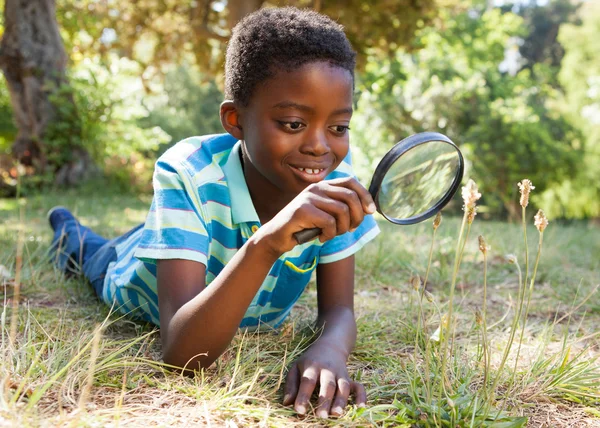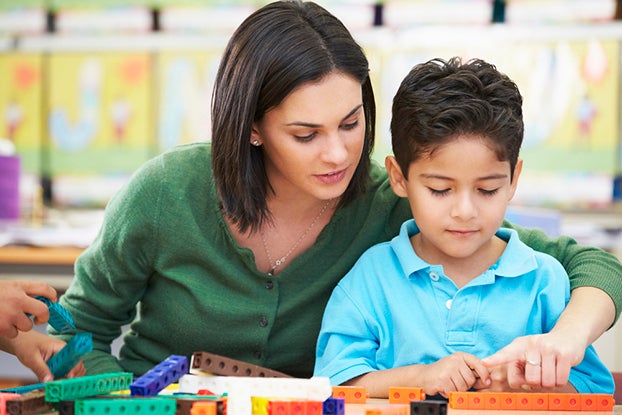It’s a bird; it’s a plane; it’s your toddler running around holding a toy broom, pretending to be a superhero! Pretend play, also known as creative or make-believe play, allows children to use their imagination to act out different roles and scenarios.
This type of play is not only fun for children, but it also serves an important role in their development. Let’s explore pretend play in more detail and discover why it benefits kids. We’ll also share several ideas for fostering creative play in your child.
Table Of Contents
- What Is Pretend Play?
- Types of Pretend Play
- Importance of Pretend Play
- Tips to Encourage Pretend Play
- Ideas for Pretend Play
What Is Pretend Play?

Pretend play is when children engage in imaginative and creative activities. This can include:
- Using dolls, stuffed animals, or action figures as characters
- Creating imaginary scenarios
- Dressing up in costumes
- World-building
- Using props and toys to act out events
This type of play is often inspired by real-life events or by your child’s favorite books, movies, or TV shows. It can range from playing house to pretending to be a doctor or firefighter. There’s no “right” way to pretend.
When Does Pretend Play Start?
While simple pretend play begins as early as 18 months, it becomes more complex and sophisticated as children grow. At first, your child may imitate your actions or use objects as intended. For example, they may pretend to drink from a toy cup or talk on a play phone.
As they develop and learn more about the world around them, their pretend play becomes more advanced. They may start to incorporate different roles, use props creatively, and create elaborate scenarios with longer storylines.
Pretend play is a staple throughout childhood, so you’ll likely continue seeing your kids engage in it as they enter elementary school and beyond.
Types of Pretend Play
There are several different stages of pretend play, each more complex as your child gets older. Let’s take a look.
Imitative Play
For their first year of life, your child has keenly observed everything you’ve been doing. At about 13 to 18 months, they start imitative play, where they put those observations to work and try to replicate what they’ve seen.
This could involve pushing a toy car across the carpet or bringing their toy dog to a water bowl, sweeping the floor with a pretend broom, or sipping from an empty cup.
Symbolic Play
Building upon imitative play, at about 18 to 24 months, your child will begin what’s called symbolic play. Symbolic play uses object substitution, where your child imagines one thing but uses what’s at hand to symbolize it.
For instance, your child might imagine themselves as a cowboy and ride a broom instead of a horse. Or, if playing restaurant, they might put blocks on their stuffed animal’s plate in lieu of food.
During symbolic play, your child is exhibiting knowledge that the broom is both a broom and a horse; the block is both a block and a cookie (or other such food).
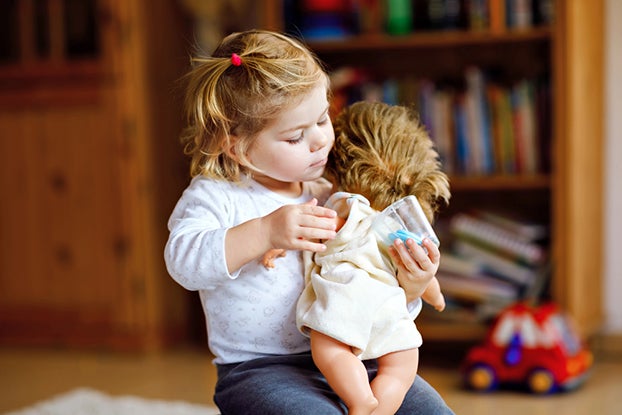
Dramatic Play
By the time your child is two-and-a-half to three years old, their play becomes even more sophisticated and they’re able to act out more of a story.
This stage is called dramatic play, where your child will begin sequencing their pretend scenarios, taking their dolls or stuffed animals through a “real” routine.
For instance, if they are giving their doll a bath, they will remove the doll’s clothing before putting them in the bathtub. If they are putting their doll to bed, they might pretend to brush their teeth and change them into PJs.
Fantasy Play
The next stage of pretend play, fantasy play, begins at about four years old. In this stage, your child will not only pretend about situations they have experienced, but also about ones they have only imagined.
With fantasy play, your child may imagine what it would have been like to walk on the moon, travel to Paris, or live in the jungle, even if their only experience with these places is from a book or movie.
They might also start to invite their friends to join in the fun, requiring them to cooperate and collaborate on their imaginative journeys.
Imaginary Friends
Another variation of pretend play is having an imaginary friend, something that’s very common for children at around four or five years old. It’s perfectly normal and is, in fact, an example of healthy pretend play.
More Complex Themes and Thinking
As your child gets older, their pretend play grows in complexity and mirrors some of the themes they are seeing at school and at home. They further hone their symbolic thinking, and their narratives become more sophisticated.
Inspire their pretend play by exposing them to books, toys, and activities that stimulate their curiosity and interests.
Our Space Quest kits, for instance, help build your child’s knowledge of the solar system with engaging activities, like making a mini flashlight projector to guide a rocket, astronaut, comet, or planet around their room.
As their imaginations are fueled with more scientific information, they can play out ever more complex scenarios in space.
Importance of Pretend Play
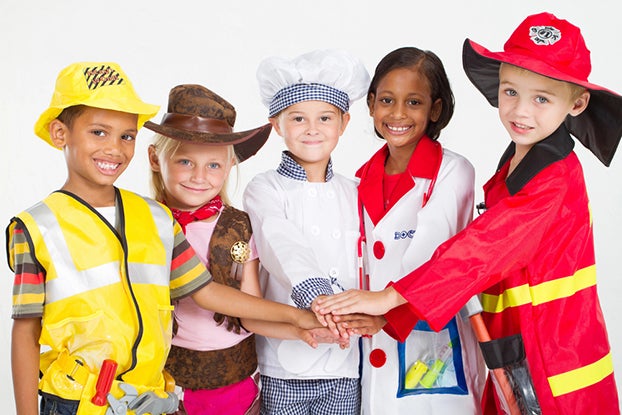
Pretend play is more than just fun and games. It has a significant impact on your child’s overall development.
It helps kids:
Learn More about the World
Through pretend play, children can explore and learn about the world around them in a safe and controlled environment. They can mimic real-life experiences and gain a better understanding of different roles, occupations, and relationships.
Boost Imagination and Creativity
Pretend play encourages children to think outside the box. They can create their own stories, characters, and scenarios without limitations. They are the author, director, and actor in their own play.
Develop Critical Thinking Skills
When children engage in make-believe play, they can unlock higher-level thinking skills such as:
- Problem-solving
- Decision making
- Critical Thinking
- Planning
- Impulse control
This helps them develop important cognitive skills that will benefit them in all aspects of their lives, from academic success to personal relationships.
Build Emotional and Social Skills
Pretend play allows children to imagine different emotions and social scenarios, helping them learn how to regulate their own feelings and interact with others.
It also gives them the opportunity to practice social skills such as taking turns, sharing, and making compromises.
In addition, pretend play helps children develop and express empathy by allowing them to step into different roles and characters. This helps them try on new perspectives and better understand the feelings of others.
Improve Communication Skills
This type of play often involves storytelling and using language in various contexts, making it an excellent opportunity for your child to enhance their communication skills.
By engaging in dialogue and role-playing, they learn new words, sentence structures, and how to express themselves effectively. This is particularly beneficial for children struggling with speech or language delays.
Practice Cooperation and Teamwork
When children engage in imaginative play with their peers, they learn the importance of cooperation and teamwork. As they plan and play together, they develop compromise, negotiation, and conflict-resolution skills.
These are all crucial for building positive relationships and functioning in group settings.
Work Through Real-Life Challenges
Big feelings and difficult situations can be hard for children to process. Pretend play provides an outlet for them to work through these challenges in a way that lets them control the narrative. By pretending to be characters facing similar struggles, your child can explore different solutions and better understand how to handle real-life situations.
Pretend play can also give you better insight into feelings your child might be having. For instance, if you’ve noticed that your child is frustrated or fearful in certain situations, you can use pretend play to unpack why they feel that way.
For example, if you’re playing doctor, your child’s stuffed animal may be afraid of getting a shot—just like them. Playing out the scenario and demonstrating the stuffie is OK afterward can alleviate some of your child’s real-life stress.
One thing to note, however: since play often mimics real life, don’t be surprised if your child incorporates death, illness, or other sensitive topics into pretend play. This is a normal part of processing and understanding difficult concepts.
Encourage open communication and provide reassurance when needed.
Tips to Encourage Pretend Play
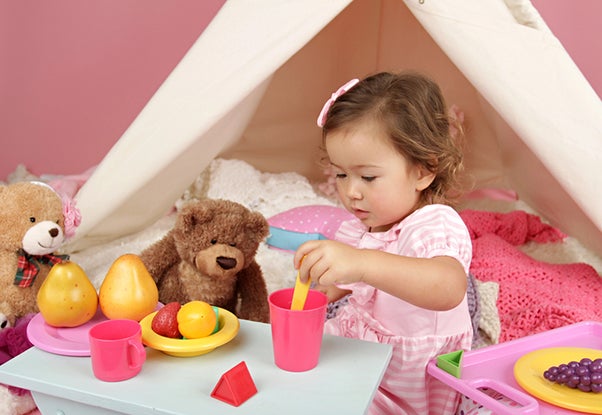
Some kids are natural-born storytellers and thrive in imaginative play, while others need a little guidance and encouragement.
Here are some tips to help you foster pretend play in your home.
Supply Open-Ended Toys
Open-ended toys allow your child to use their creativity and imagination in a variety of ways. Here are a few to consider:
- Building blocks
- Dolls and action figures
- Craft Discovery kits from Little Passports
- Play food and kitchen sets
- Art supplies like markers, paper, paint, and stickers
Create a Stash of Dress-Up Clothes
Dress-up clothes are a great way to inspire imaginative play. Collect old costumes, hats, scarves, and other items from around the house, or visit a thrift store and select some inexpensive pieces of clothing.
Don’t feel limited to actual costume pieces. You and your child can transform everyday items into exciting new looks with a bit of imagination!
For example, a towel can become a superhero cape, or a button-up shirt can instantly become a doctor’s coat. Here are some clothing items you probably have around your house that could be part of your child’s pretend play kit:
- An apron
- Fabric scraps
- Gloves
- Hats
- Scarves
- Costume jewelry
- Socks and tights
Join in on the Fun
Your kid loves it when you play with them! It strengthens your bond and shows them that it’s OK to let their imagination run wild.
Put on a silly hat, grab a toy instrument, or use your best dragon voice to join in on their pretend adventures.
At first, you may need to take the lead. You might take their doll and feed it, brush its teeth, and put it to bed. It won’t be long before your child will jump in and want to participate too.
Keep encouraging your child to exercise their imagination. Then once they understand what pretend play looks like, step back and let them lead the way.
Soon enough, your child will come up with their own imaginative scenarios and want you to join in. Get ready to play hide-and-seek in a magical castle or be served tea at a pretend party.
Use Stories as a Launching Pad
Reading books or telling stories together can inspire pretend play.
For example, after reading a book about:
- Pirates, your child may want to dress up as one and go on a treasure hunt.
- A princess, you may see your child wearing a sparkly crown and trying to rule over their stuffed animal subjects.
- Firefighters, they may put on a red hat and save their toys from a burning building.
- Dinosaurs, there might be a silly T-rex stomping around your living room.
Don’t Be Afraid of Technology

Tech tools can also be important in encouraging pretend play, as they provide new ways for children to imagine and create.
The HOMER app by Begin includes opportunities to get creative online with art, music, dance storytelling, and more. Our Creativity module allows children to act out scenarios, use their imagination, and communicate through play.
Mix Both Solo Play and Social Play
Encourage your child to engage in pretend play both by themselves and with friends, as both will help in their development.
Ideas for Pretend Play
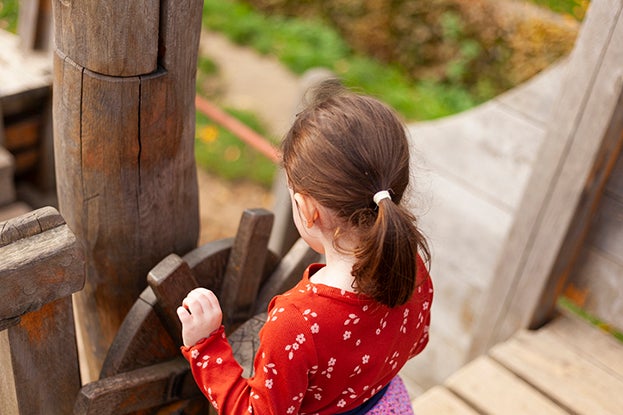
Now that you know more about pretend play, let’s look at specific ideas for different age groups.
Toddlers
While most toddlers aren’t ready for elaborate creative play, they love to imitate everyday activities. As we mentioned earlier, you may even notice them engaging in object substitution, which is when they use one object like another.
To help your toddler engage in pretend play, encourage them to “become” different characters and act out various scenarios. Some fun ones include:
Bakery
If your child loves dessert, they’ll definitely have fun setting up a bakery with plenty of different toy sweets. Let them play pastry chef and stir the “batter,” place it in the oven, and take your order for one of their treats.
You can even give them a toy phone to make “calls” to their customers, letting them know that their birthday cake is ready for pick up.
Dino Adventures
If you have an old Halloween costume or a green shirt, your child can pretend to be their favorite dino, whether it’s a ferocious T-rex or a towering Apatosaurus. What sort of adventure will they think up?
Farmer Fun
If your child has lots of barnyard stuffies or figurines like cows, sheep, pigs, and chickens, they may want to play “farmer” for the afternoon. They can start by building barns out of blocks for their toy animals, and designating a space on the rug for grazing.
Earth Explorer
No matter how many toys you buy for your child, nothing can hold a candle to a giant cardboard box. Set up an empty cardboard box for them to crawl in and out of as they pretend they’re exploring a rocketship.
Car Wash
Want a pretend play option that will definitely make a splash? Try simple sensory activities, such as setting up a bowl of soapy water for them to wash their toy cars in or pouring out water from a watering can to simulate a “drive-through” car wash.
Tea Party
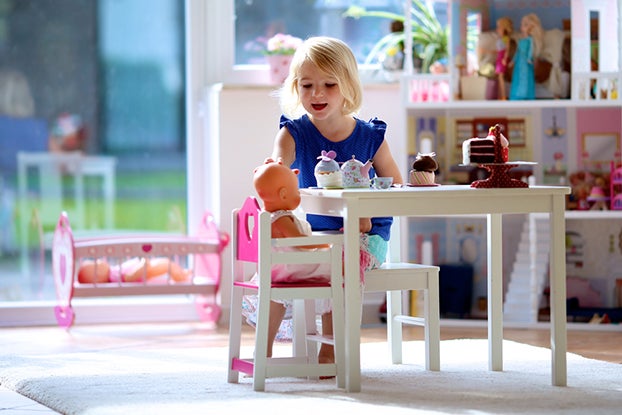
Hosting a tea party is a classic pretend play activity that’s easy and fun. Your child can set up a table with plates, teacups, and play food and invite all of their dolls for an elegant afternoon.
Preschoolers
Preschoolers are masters of imagination and often spend a lot of time in the worlds they’ve created. They may even have an imaginary friend or two.
This is the perfect time to introduce simple props like costumes, masks, and play sets. You can also suggest activities like:
Playing Store
Encourage your child to create a pretend store with a toy cash register and fake money. Let them walk you around the shop floor while showing off their sales technique. Choose some items to buy and let your child take you through the checkout process.
Fort-Building
Supply your child with sofa pillows, blankets, and chairs so they can be the queen or king of their own fort castle. Don’t forget to provide a towel cape and paper crown!
Putting on a Puppet Show
Encourage your child to put on a puppet show using homemade puppets made from socks or paper bags. This will allow their art and creative skills to be on full display. Bravo!
Hosting a Pretend Play Playdate
Invite one of your child’s friends over so they can both practice social skills as they pretend together. Having another child to weigh in on the game, characters, and roles will allow them both to practice communication, collaboration, and negotiation.
School-Age Children
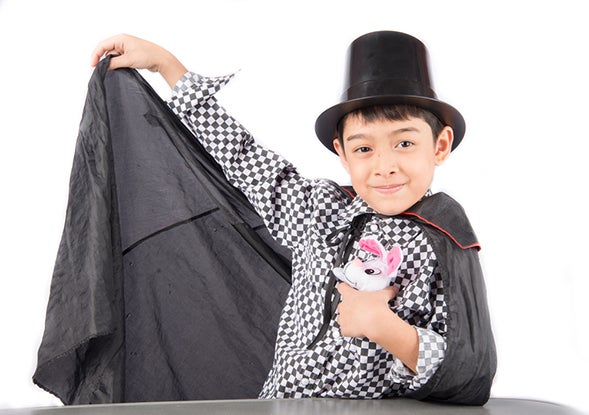
As your child enters school, their imagination and creativity continue to grow. They may enjoy more complex pretend play activities such as:
Building a City
Your child may fancy themselves an urban planner, mapping out a whole town or city with blocks, LEGO® bricks, or other building materials.
Becoming a Costume Designer or Makeup Artist
Your child can show off their artistic talent by constructing elaborate costumes or trying their hand at face painting to really get into character.
Hosting a Magic Show
Does your child know some tricks? They can put on a top hat and perhaps a thin mustache and show off their sleight of hand. Abracadabra!
Imagining a Day at the Office
Using props like toy phones, laptops, and briefcases, your child can act out scenarios as they pretend they’re Mom or Dad at work.
Time Traveling
Your older school-age child has learned about different times in US history and may use these as springboards, imagining what it would have been like in the past.
What if they were a rancher in the Wild West? Or if they were crew on Apollo 11 taking one small step for man and one giant leap for mankind?
Traveling the World
By now you may have taken some trips with your child, introducing them to the world outside their doorstep. Even if you haven’t, though, they can imagine a journey across the oceans to see something new.
Our Little Passports World Adventures kits will teach your child about different far-flung destinations, allowing them to better envision what adventures they might have visiting from their own living room.
Inventing Their Own Games
Your child might also want to make up their own game for themselves or others. Let their creativity lead the way.
Loads of Fun with Pretend Play!

Pretend play provides an invaluable opportunity for kids to practice their creativity, problem-solving, and social skills in a fun way. So, gather some simple props, encourage their imaginative journeys, and enjoy watching your child’s talents and abilities blossom.
And remember that you don’t have to do it alone. At Begin, we’re your learning partner. Our combination of hands-on and digital play personalized to your child’s age and learning needs is just the ticket for adventure.
With the Begin Approach, you can focus on the milestones that actually matter for kids to grow up capable and confident!
